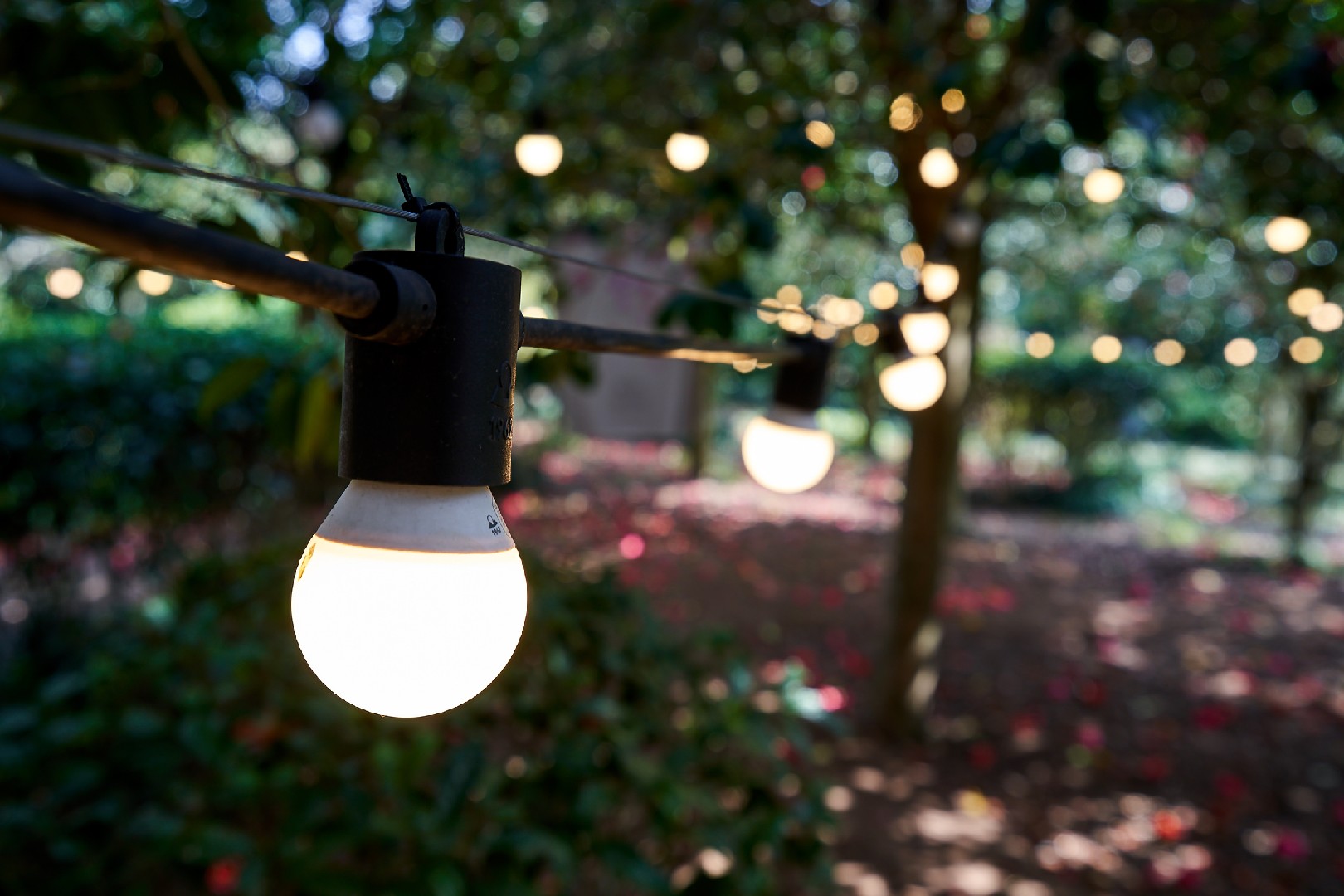![Rectangle]()
Understanding Outdoor Lighting Basics
When it comes to illuminating your garden, there are several important factors to consider. Understanding the basics of outdoor lighting can help you make informed decisions and create the perfect ambiance for your outdoor space.
First and foremost, it's essential to familiarize yourself with the different types of outdoor lighting options available and their uses. Some common options include path lights, spotlights, deck lights, and string lights. Path lights are ideal for illuminating walkways and driveways, while spotlights can be used to highlight specific features or architectural elements in your garden. Deck lights are perfect for illuminating decks, patios, and other outdoor living spaces, while string lights can add a whimsical and festive touch to your garden.
Each type of outdoor lighting has its own benefits and drawbacks. For example, path lights are easy to install and can provide a soft and inviting glow to your garden. However, they may not be suitable for large areas or areas with uneven terrain. On the other hand, spotlights are versatile and can be adjusted to focus light on specific areas. However, they can be overpowering if not carefully positioned. Deck lights are discreet and provide a gentle and warm glow, but they may not provide enough illumination for larger areas. Lastly, string lights are easy to install and can create a magical atmosphere, but they may not provide as much light as other options.
Choosing the right outdoor lighting for your garden requires considering factors such as the layout, use, and design of your space. If you have a large garden with various areas, you may need a combination of lighting types to adequately illuminate the different zones. Additionally, consider the purpose of the lighting. Are you looking to create a cozy and intimate atmosphere or do you need brighter lighting for practical purposes?
To determine the best lighting options for your garden, start by assessing the layout. Consider the placement of plants, trees, and pathways. Identify any focal points or areas that you want to highlight. Once you have a clear understanding of your garden's layout, think about how you plan to use the space. Will you be hosting outdoor dinner parties or simply enjoying the garden in the evenings? This will help you determine the amount and type of lighting you need.
Lastly, consider the design of your garden. If you have a modern and sleek garden design, you may opt for minimalist and contemporary lighting fixtures. On the other hand, if your garden has a more rustic or romantic feel, you may choose lantern-style lights or string lights for a softer and more whimsical ambiance.
By understanding the basics of outdoor lighting and considering the layout, use, and design of your garden, you can make informed decisions and create a beautifully illuminated outdoor space. Take the time to assess your needs, explore different lighting options, and experiment with various fixtures and placements until you achieve the perfect lighting for your garden. Remember, outdoor lighting not only enhances the aesthetics of your garden but also adds functionality and safety to your outdoor space.





